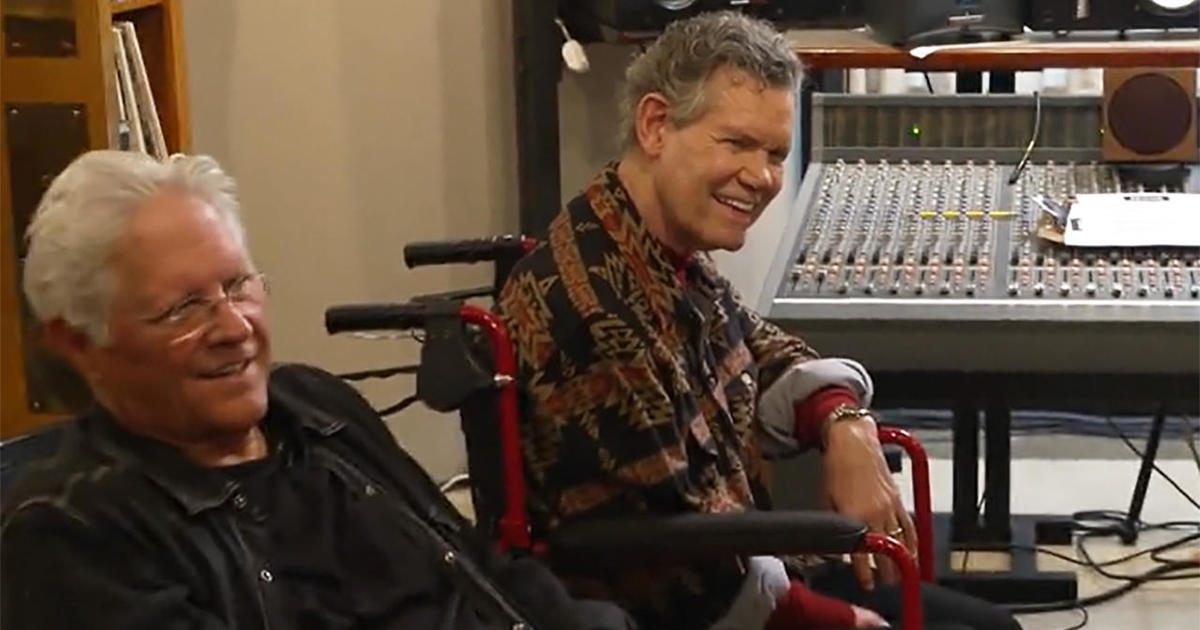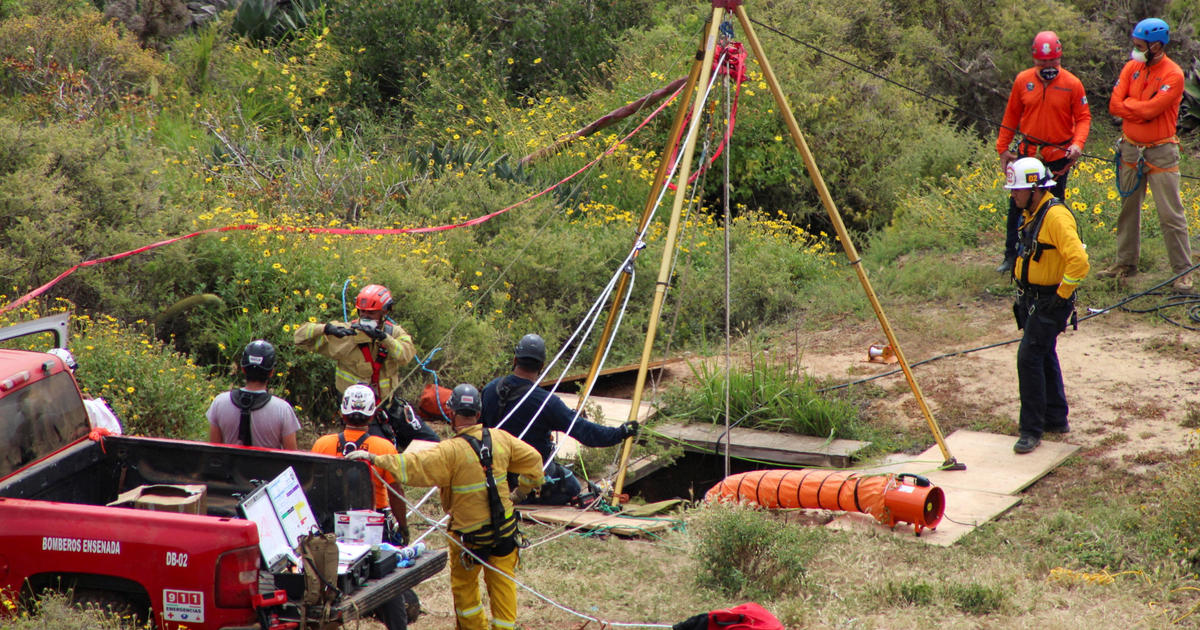How long does it take to freeze to death?
When Lee Norman heads to the Kansas City Chiefs game against the Tennessee Titans this weekend, he plans to bundle up well. Like much of the country, Kansas City is experiencing below freezing temperatures, and Sunday, the lows are expected to dip down to 8 degrees.
“I’ll wear layers. A lot of fleece,” said Norman, a physician and senior vice president and chief medical officer at the University of Kansas Hospital, who knows cold weather well. He went to college and medical school in Minnesota and has practiced medicine in the Arctic, where temperatures can drop as low as 50 degrees below zero.
He said when it comes to coping with cold weather, a lot of it is common sense.
“The best way to prevent cold-related injuries is to not get oneself into compromising circumstances in first place. We usually see cold-related injuries in people who don’t exercise good judgment,” Norman told CBS News.
With much of the country coping with frigid and potentially dangerous cold now and in the days ahead, it’s sound advice. Between Friday and Sunday, below-freezing temperatures were forecast for 49 states. The wind chill on New Hampshire’s Mount Washington hit 85 degrees below zero. For days, strong winds and snow pummeled western New York state as a polar vortex descended across much of the Midwest and Northeast, CBS News correspondent DeMarco Morgan reported.
It doesn’t take long for frostbite – when a person’s skin freezes – to set in in the wintry conditions lots of states are experiencing right now, said Norman. Exposure to freezing temperatures can lead to frostbite in five to 10 minutes, especially when there’s a wind chill factor.
Colorless and numb nose, ears, cheeks, chins, fingers, and toes are frostbite warning signs. Even the eyes are vulnerable to the cold.
“I used to wear my ski goggles in the Arctic when it was cold. Even a person’s corneas can get frostbite,” Norman said.
Freezing to death is also a danger. Normal body temperature is 98.6 degrees but when it starts to drop to about 95 degrees – hypothermia – the body starts shutting down. At that body temperature, you can start to lose focus, and as unusual as it sounds, losing your sense of humor is another sign you’re slipping into dangerous body temperature territory, said Norman.
A person can slide into unconsciousness if the body cools to 82 degrees, and below 70 degrees, death can occur – the heart, respiratory system, nervous system and other organs can shut down. How long it takes depends on conditions and the type of exposure, but death can occur in under an hour if conditions are dangerous enough, or even more quickly in a situation such as falling through ice into freezing water.
Norman offered some cold weather safety tips for those who have to brave the chill in the coming days and weeks:
- Drive with a full tank of gas, and stow extra blankets, water and snacks in your vehicle in case you stall out or get in an accident and have to wait hours for help.
- If you’re driving or traveling in cold weather, carry a fully-charged mobile phone, and keep it somewhere close to your body since the batteries can drain away in icy temperatures. Keep your charger with you, too.
- Don’t drink and drive, especially in cold conditions. “We see people go to parties, drink too much, get into a car without a full tank of gas and take a shortcut home so they won’t get a DUI and then end up in a ditch and it’s 21 hours before they are found and they lose limbs to frostbite.”
- Don’t take the emptier streets that come with blizzard-like weather as an opportunity to go running. It’s not the time to take up jogging, said Norman, who has seen this scenario often.
- Make sure your clothes are dry if you’re out in the cold skiing, sledding or shoveling. Your body loses heat 20 times faster if your clothes or skin are wet. It doesn’t even have to get to zero or lower temperatures for a person to get hypothermia. Layers that wick away sweat are best.
- Wear a hat and scarf. You lose 20 percent of your heat from your head.
- Wear wool socks, not cotton, inside well-lined sturdy boots when outside in snowy, cold weather.
- Don’t burn gas, wood or other fuels in enclosed areas of your home or you’ll create a carbon monoxide poisoning risk.
- Hikers and skiers and others who spend a lot of time outside in winter weather should avoid “freezing and thawing” repeatedly, as going in and out of cold weather without proper face protection, for example, can damage skin, making it more vulnerable to injury.
- Do drink a warm beverage if you think you’re experiencing mild hypothermia, to warm up your core temperature.
- Take someone to the ER if you think they’re experiencing hypothermia. “We use warm intravenous solutions to get their core temperature up,” Norman said. ERs also may submerge someone in warm (not hot) water to raise their body temperature.
- Wear a thin layer of moisturizer to protect exposed skin in the cold outdoors. Elderly people are more prone to cold-damaged skin.
- Visit older folks in your neighborhood, or families with children that may be struggling financially and are keeping their heat too low. The elderly and the very young have the hardest time avoiding hypothermia.
Norman advised: Don’t go out if you don’t have to, you can still enjoy the wintry outdoors close to home with proper precautions. He plans to grill outside on his deck despite the chill. But he’s more prepared than most – he came back from the Arctic with a wolf-fur-lined parka, handmade and given to him as a gift by an Eskimo elder.



